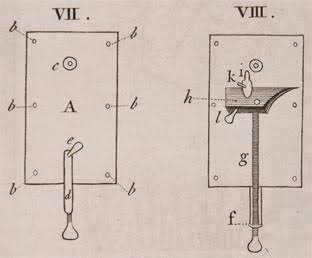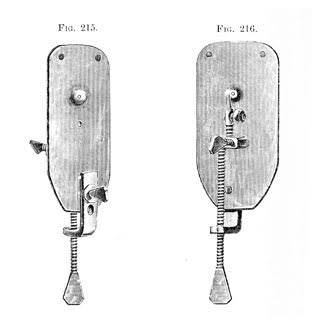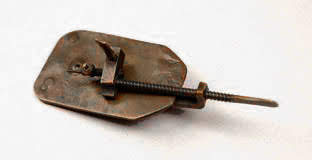As public interest in contemporary microscopy grew in Victorian England so did interest in the history of microscopy. This in turn led to the formation a small number of private collections. Unfortunately for collectors very few of the earliest microscopes survived.
Among the most highly prized microscopes were those made by Antoni van Leeuwenhoek, the famous Dutch pioneer of microscopy. After Leeuwenhoek's death in 1723, 26 of his silver microscopes were given to the Royal Society of London and were described by the Vice-President Martin Folkes. Their magnification powers were later examined in 1741 by Henry Baker, who also provides us with an illustration of their appearance in 1753 (Image 1). It is unclear when, but at some stage in the 19th century, all 26 of the microscopes were lost.






